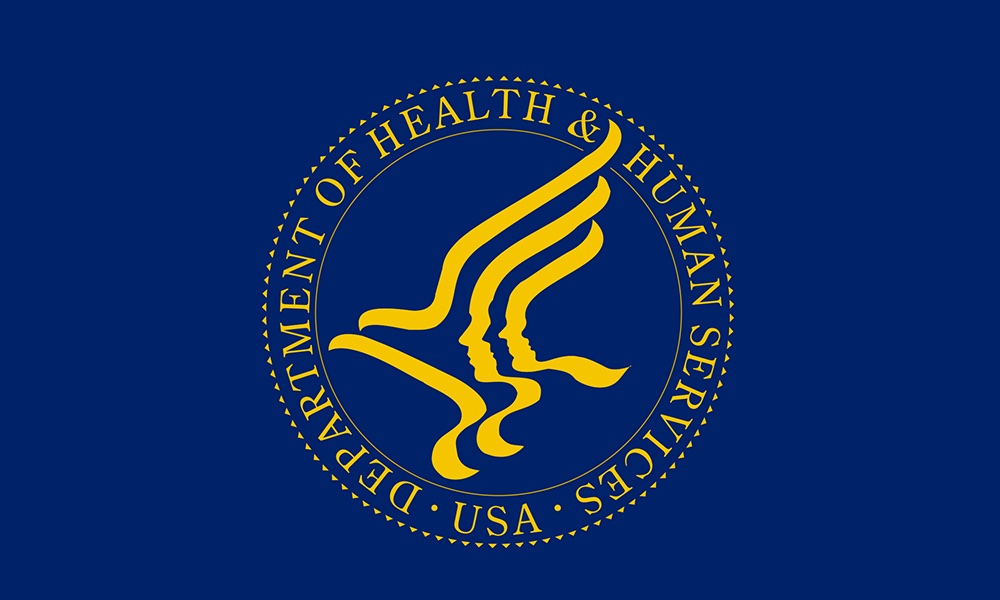[Updated February 22, 2021.] Chemicals have many uses in the modern environment. They are used to control unwanted bugs, weeds, mold, and mildew. They are put in some fabrics to make them less flammable. They are present in paints, varnish, wood treatments, plastics, resins, insulation and other building and construction material. They are produced as by-products of industry.
Children's behavior, such as their tendency to put things in their mouths, as well as the fact that their brains and bodies are still developing, mean that chemicals' impact on them is even greater than it is for adults. For this reason the American Academy of Pediatrics is calling for special consideration for children and pregnant women when making laws about the safety of chemicals in our environment.
The much-publicized recent concerns about BPA highlight the kinds of problems day-to-day exposure to chemicals can cause. Bisphenol A is a primary component of polycarbonate plastic which is used in clear plastic drinking bottles and in the lining of food and beverage cans as well as infants’ drinking bottles and sippy cups.
Children's behavior, such as their tendency to put things in their mouths, as well as the fact that their brains and bodies are still developing, mean that chemicals' impact on them is even greater than it is for adults.
Studies have shown that more than 90% of humans have measurable levels of BPA in their systems and wide concern lead to discontinuation of BPA use by some producers of plasticware, particularly plastics used by infants and children. But manufacturers are still not obligated to disclose which products contain BPA and this chemical has neither been adequately investigated nor well-controlled.
BPA illustrates why environmental exposure to chemicals is worth paying attention to. The residues of household chemicals remain on indoor and outdoor surfaces long after application and chemicals applied outside can be tracked into the house on shoes. Contaminants can make their way into the water, food supply and even breast milk. Potentially toxic chemicals have shown up in children’s toys, pacifiers, and, as we have seen, drinking bottles. While not all chemicals are bad, and not all levels of exposure are dangerous, there are real risks to personal and environmental health posed by these products.
Young children crawl on the ground and put their hands and nearby objects in their mouths. They can easily ingest chemicals that may be contaminating the soil water, and surfaces of the home. Because they have thinner, less protective skin, they absorb some chemicals more readily than adults. Bug sprays, rug, floor and upholstery cleaning products, weed and mold killers and many other products that are applied by well-intentioned adults to the appropriate surfaces, all represent a greater threat to small children. They breathe the air closer to the floor and they breathe faster than adults, increasing their exposure to airborne pollutants that linger near the ground.
There are other reasons why children's exposure to environmental chemicals is likely to be intense. Toxic chemicals that are present in food and water are a greater threat to children because of their smaller size and their less developed ability to metabolize the chemicals.
Bug sprays, rug, floor and upholstery cleaning products, weed and mold killers and many other products that are applied by well-intentioned adults to the appropriate surfaces, all represent a greater threat to small children.
Children's eating habits also contribute to the greater likelihood of an intense exposure to chemicals. Children generally drink more water and eat more dairy products and fruit relative to their size than adults do. Young children also tend to have less variety in their diets with heavy concentrations on a few favorite, possibly contaminated, food groups. Finally, babies who are drinking breast milk may be simultaneously ingesting toxic chemicals that have been stored in their mother’s fat cells and secreted into the milk supply.
The rapid periods of growth and development experienced by children make them particularly susceptible to the influence of environmental toxins. In the first two years of life, the brain undergoes rapid changes in the numbers and types of brain cells, and in the neurochemical connections between them. The filter (blood-brain barrier) that prevents harmful substances from passing from the blood stream into the brain tissue is less effective in younger children.
One example is the recent attention, which has been drawn to the potential role of pesticide exposure in the development of ADHD. Similarly, a second period of rapid brain growth and development occurs during adolescence and concerns have been raised about the implications of toxin exposure on teens.
There are currently some laws on the books to monitor and control the chemical toxins in our environment, but they have proven cumbersome and ineffective. The AAP took action because it is worried that children, who are vulnerable to toxic substances in the environment, are not adequately protected by laws and monitoring systems that work.
In 1976, the Toxic Substances Control Act was passed with the intention to collect information about environmental chemicals and health and to ensure that such chemicals were marketed and used responsibly. The goal was the regulation of substances that presented an "unreasonable risk of injury or health to individuals or the environment without creating unnecessary barriers to technological innovation."
Between 1976 and 2005, the FDA required testing on fewer than 200 industrial chemicals, and in the thirty-some years since the enactment of TSCA, only five chemicals or chemical classes have been banned or limited.
The Act has fallen woefully short of its goals because it is cumbersome, expensive, and unrealistic to enforce. It states that manufacturers must notify the Environmental Protection Agency of new products, but there is no requirement for pre-marketing safety testing; no stipulation that the public must be made aware of results of testing, if done; and minimal attention paid to chemicals on the market prior to the passage of the TSCA in 1976.
Perhaps the most burdensome aspect of the law is the requirement that the EPA demonstrate that a chemical has a high likelihood of causing harm before they can order health risk testing. Additionally, the TSCA requires that each individual chemical be tested separately rather than allowing classes of similar chemicals to be investigated. The result is that between 1976 and 2005, the FDA required testing on fewer than 200 industrial chemicals, and in the thirty-some years since the enactment of TSCA, only five chemicals or chemical classes have been banned or limited.
Numerous medical and public health agencies are calling for changes in the TSCA and most recently, the American Academy of Pediatrics has joined in the outcry. However, the AAP has called for an additional awareness of the unique vulnerabilities of children and pregnant and breastfeeding women to inform future policies.
The American Academy of Pediatrics is calling for a higher level of vigilance about the consequences of chemical use on children and their families in the form of a revised Toxic Substances Control Act. They would like to see that "reasonable levels of concern" rather than demonstrated post-marketing negative health effects are used in decisions to limit chemical use. They call for a review of all chemicals, even those that were approved prior to the 1976 TSCA.
The unique vulnerabilities and exposure risks of pregnant women and children should be specifically considered in decision-making. The AAP calls for industrial chemicals to be regulated similarly to medications, for which the standard is "reasonable certainty of no harm." Additionally they call for post- marketing surveillance, clear documentation for the public of product information, federal monitoring and federal funding for programs to create an effective testing, monitoring, and follow up system.
As we head into summer in the Northern Hemisphere, the use of household and yard chemicals such as organophosphates in fertilizers and pyrethroid insecticides makes it more likely children will be in contact with dangerous chemicals. If you are concerned that your child may have been exposed to environmental toxins, discuss your children’s potential chemical exposures with their health care providers.
Pay special attention to the areas outside where you child plays. Outdoor play, which carries an increased likelihood of contact with surfaces and objects that have been chemically treated, increases a child’s exposure.
Maternal exposure to certain chemicals including dyes, lacquers, paints, organic solvents, trichloroethylene and nitrofen (herbicide) have been shown to damage fetal heart development.
Be on the lookout for poor hygiene practices (dirty hands, left unwashed) and hand-to-mouth behaviors that can increase the likelihood that a child will ingest environmental toxins, including pesticides. Children who are developmentally delayed and have a prolonged period of hand-to-mouth activities are at even higher risk.
Some pesticides mimic hormones in the body and may disrupt the normal endocrine development by disrupting the normal balance of hormones. Animal studies on pesticide exposure have also shown negative effects on brain development, as well as urogenital and limb deformities. So are pregnant women. Maternal exposure to certain chemicals including dyes, lacquers, paints, organic solvents, trichloroethylene and nitrofen (herbicide) have been shown to damage fetal heart development.
Information about specific environmental chemicals such as BPA, bisphenol A, formaldehyde (building materials) and phthalates (cleaning products) is available on the website of the National Resources Defense council: www.nrdc.org.
The National Institutes of Health (NIH) used to offer "Tox Town," a listing of toxic chemicals, but that site was discontinued in October of 2020. The list below came from that site and was linked to it. Perhaps the site will one day rise again.
- Acetone
- Ammonia
- Arsenic
- Asbestos
- Benzene
- Bisphenol A
- Cadmium
- Carbon Dioxide
- Carbon Monoxide
- Chlorine
- Chlorofluorocarbons
- Chromium
- Crude Oil
- Diesel
- Dioxins
- Endocrine Disruptors
- Ethylene Glycol
- Ethylene Oxide
- Formaldehyde
- Gasoline
- Lead
- Mercury
- Methanol
- Nanoparticles
- Natural Gas
- Nitrogen Oxides
- Ozone
- Particulate Matter
- Perchlorate
- Perchloroethylene
- Persistent Organic Pollutants (POPs)
- Pesticides
- Phthalates
- Polybrominated Diphenyl Ethers (PBDEs)
- Polychlorinated Biphenyls (PCBs)
- Polycyclic Aromatic Hydrocarbons (PAHs)
- Polyvinyl Chloride (PVC)
- Propane
- Radon
- Solvents
- Sulfur Dioxide
- Toluene
- Volatile Organic Compounds (VOCs)




